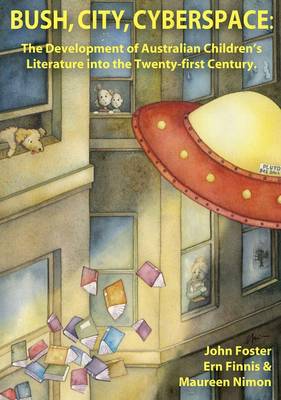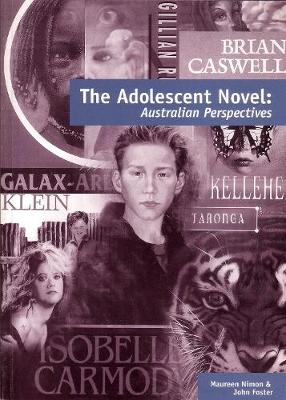Literature and Literacy for Young People
1 primary work • 2 total works
Book 6
Aimed at academic, professional and general readers, Bush, city, cyberspace provides a snapshot of the state of Australian children's and adolescent literature in the early twenty-first century, and an insight into its history. In doing so, it promotes a sense of where Australian literature for young people may be going and captures a literary and critical mood with which readers in Australia and beyond will identify. The title of the work is intended to capture the fact that the field has changed dramatically in the century and a half that 'Australian children's literature' has existed, from the bush myths and heroism that inform the past and the present, through the recognition that the vast majority of authors and readers live in cities, to the third wave of 'cyberliterature' that incorporates multimedia, hypertext, weblinks and e-books - none of which lessens the enduring enthusiasm of practitioners and readers for books.
Bush, city, cyberspace is not meant to be an encyclopedic volume. Rather, well-known, recent and/or award-winning works have been emphasised, with the addition of others where these help to illuminate particular points. The book is similar in coverage and approach to Australian Children's Literature: An Exploration of Genre and Theme, written by the same three authors and published by the Centre for Information Studies in 1995. In the intervening period, much has changed in the field, notable examples including the blurring of the dividing line between 'quality' and 'popular' literature; the blending of genres; the rise of a truly indigenous literature; the demise, to a significant extent, of 'Outbackery' in fiction; the acceptance of multiculturalism as the norm; and the advent of the literature of cyberspace, with new methods, and the sheer speed, of communication between writer and reader. All these trends, and others, are reflected in this work.
Bush, city, cyberspace is not meant to be an encyclopedic volume. Rather, well-known, recent and/or award-winning works have been emphasised, with the addition of others where these help to illuminate particular points. The book is similar in coverage and approach to Australian Children's Literature: An Exploration of Genre and Theme, written by the same three authors and published by the Centre for Information Studies in 1995. In the intervening period, much has changed in the field, notable examples including the blurring of the dividing line between 'quality' and 'popular' literature; the blending of genres; the rise of a truly indigenous literature; the demise, to a significant extent, of 'Outbackery' in fiction; the acceptance of multiculturalism as the norm; and the advent of the literature of cyberspace, with new methods, and the sheer speed, of communication between writer and reader. All these trends, and others, are reflected in this work.
This book is a pioneering study of the modern Australian novel: defining the genre; tracing its development; explaining some of its principal features; discussing the characteristics of adolescent novels written in the past three decades; and exploring ways in which Australian adolescent novels may be seen to offer something different from works published elsewhere, to be specifically 'Australian'. Part 2 comprises essays on fifteen authors, all of whom are indisputably important in the development of the Australian adolescent novel. This book will be of interest to teacher librarians, tertiary students, teachers and senior students in high schools, children's/youth librarians, parents and all those who are interested in contemporary writing for young Australians.

